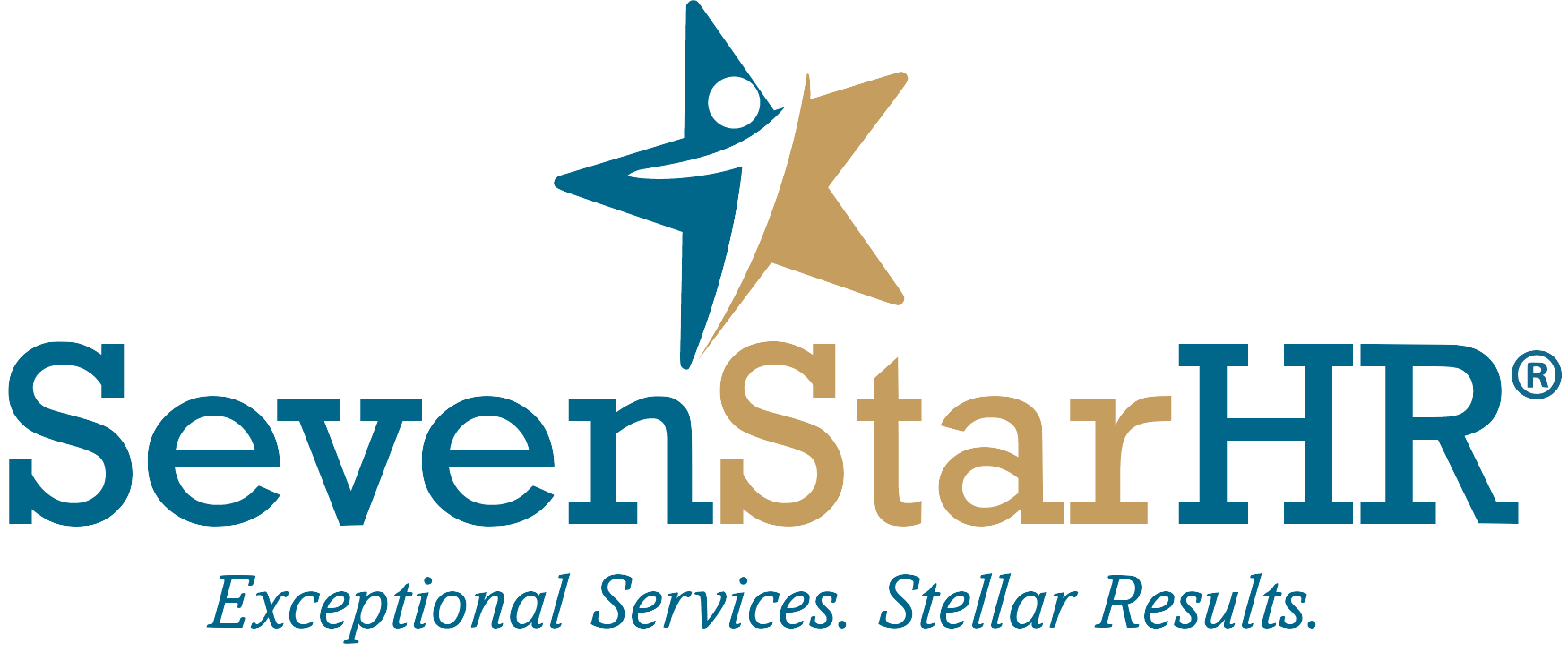Employee Engagement Is at a 10-Year Low - Here’s How to Turn It Around
Many business leaders are currently facing a new challenge: The Great Detachment. Unlike the Great Resignation, today’s workforce isn’t necessarily leaving - they’re disengaging while staying in their roles, creating risks for productivity, innovation, and retention.
The Current State of Employee Engagement
Recent Gallup research highlights a concerning trend - U.S. employee engagement has dropped to its lowest level in a decade, with only 31% of employees feeling engaged at work. Behind these numbers there lies a deeper issue: today’s employees feel stuck and disconnected from their organizations.
Even if your turnover numbers appear steady, disengagement is the hidden threat that can hurt long-term business performance.
Why Employees Are Becoming Disconnected
According to Gallup, there are several key drivers behind this widespread disengagement:
🔹 Frequent Organizational Change: 73% of employees experienced major disruptions in the past year, fueling burnout and uncertainty.
🔹 Remote Work Complexities: Remote and hybrid work offer flexibility but reduce opportunities for team bonding and connection—fully remote employees report the lowest sense of connection to their company’s mission.
🔹 Changing Expectations: Workers now prioritize work-life balance and flexibility, while 56% have noticed significant shifts in customer expectations.
🔹 Overburdened Managers: 55% of managers report team restructuring, while 69% say their responsibilities have increased, leaving them stretched too thin to lead effectively.
Two Critical Red Flags
The biggest engagement declines are in two areas that directly affect business success:
1️⃣ Role Clarity: Only 46% of employees clearly understand what’s expected of them—down from 56% in 2020.
2️⃣ Workplace Connection: Just 39% feel someone at work cares about them, and only 30% feel connected to their company’s mission.
How Business Leaders Can Respond
For businesses without dedicated HR resources, the issue of disengagement probably feels like more than you can handle. The good news? You don’t need a large HR team to make a significant impact. By focusing on a few key areas, leaders can create meaningful change and re-engage their workforce. Here are three solutions to implement immediately.
1️⃣ Clarify Expectations and Roles
Clear communication is necessary for keeping employees aligned and engaged. You can start by establishing consistent processes for setting and communicating expectations across teams. For example, regular one-on-one meetings help managers stay connected with employees and ensure priorities remain clear. Additionally, providing documented role descriptions and responsibilities—especially for new hires and transitioning employees—can prevent confusion and boost productivity.
2️⃣ Reconnect Employees to Your Company’s Purpose
A strong sense of purpose helps employees stay motivated and committed to their work. Share real-life examples of how your company’s work positively impacts clients and communities. Help managers draw connections between daily tasks and the broader business mission. Team meetings or newsletters can serve as powerful platforms to celebrate wins and share success stories, reinforcing a culture of purpose and pride.
3️⃣ Support and Develop Your Managers
Managers are the backbone of employee engagement. Select leaders based on their ability to inspire and motivate—not just their technical skills. Provide them with practical tools for managing teams effectively and offer ongoing guidance on leadership best practices. Encourage regular conversations about performance, career growth, and employee well-being to keep communication open and supportive.
These actions don’t require a large or complex HR infrastructure. What they do require is consistent follow-through, leadership commitment, and a genuine focus on employee engagement.
Ready to Reignite Employee Engagement?
It starts with clear expectations, meaningful connections, and strong leadership. Our HR MRI Assessment® can help you uncover hidden risks, compliance gaps, and engagement challenges—so you can build a thriving, resilient workplace culture.
Let’s talk! Message us today to learn how the HR MRI Assessment® can transform your organization.

